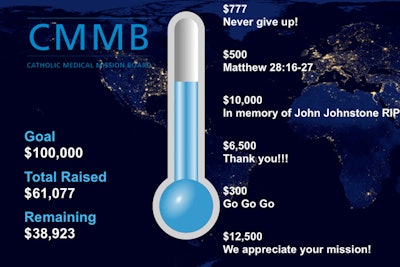
MobileCause began in 2006 as a text-to-give system, with billing handled by cell phone carriers. In June 2012, the company added mobile pledging, which allows users to send a text message to make a donation and then click through on their phones to pay with a credit card. Donors can also add a message, which is displayed on the “donation thermometer” in real time at the event. Donors instantly receive a text message response that thanks them for the donation and provides a link to click through to input credit card information. The mobile site also provides a “remember me” option, which allows the organization to save the donor's information and use it for future communication. For those who opt not to pay at the event, MobileCause provides call center staff who contact each donor a few days later to fulfill the payment over the phone. Pricing ranges from $1,000 to $2,000 for consulting services, plus a transaction fee of 50 cents and between 5 percent and 7.25 percent per donation.
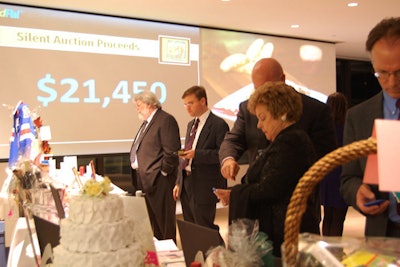
BidPal offers two options for mobile bidding at an event. The original system, which the company has offered since 2009, is run on a closed Wi-Fi network and attendees log in using their smartphone or an iPod Touch provided by BidPal. Last year the company also began offering a cellular–based system due to the increase in smartphone usage and improvement in cellular signals within venues. Later this year BidPal will offer a hybrid solution that provides both cellular and Wi-Fi access at one event. BidPal can be used for general donations as well as bidding on auction items, with instant “outbid” alerts, and pledges can be displayed on a leaderboard. Users can check out directly on their mobile device. Planners can also use BidPal’s event management functions, including single-ticket and table sales, donor thank-yous, and post-event reports that provide data such as which items had the most interest and when most bidding took place. Pricing is based on a combination of a booking fee and an event fee.
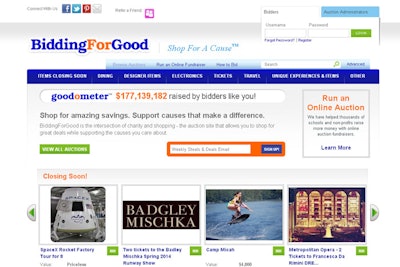
Bidding for Good launched in 2003 and has managed more than 16,000 fund-raising auctions through its online platform and has added a mobile system so users can bid from their smartphones or tablets. Hosts can share a link to their auction before the event begins so users can input credit card information and browse items ahead of time. The system sends instant alerts to users who are outbid, and the programmable leaderboard can be used at the event to thank sponsors and highlight featured items. In the next month the company will add real-time data that will update as bids are made. Hosts can also opt to keep their auctions open after an event or open them to a broader audience on the Bidding for Good Web site, where users worldwide can shop for items by category. Bidding for Good charges $595 for a one-year subscription, plus a performance fee tied to the amount of online transactions.

Razoo started in 2007 as a social network for giving and added commerce features in 2010. The majority of Razoo’s activity is cause-based fund-raising campaigns that may not be tied to a specific event, but it does offer a mobile-optimized site so event guests can donate directly from their smartphones. To easily point guests to the site, it can be shared as a QR code that takes users directly to the donation page. In the coming months, Razoo is developing a native app that will expedite the donation process and post instant updates to a leaderboard. Razoo's existing iPhone app allows organizers to track and solicit donations and send thank-you messages. For fund-raising before and after an event, organizations can embed the Razoo widget on their Web site or on a Facebook page. Razoo charges 4.9 percent of each donation.
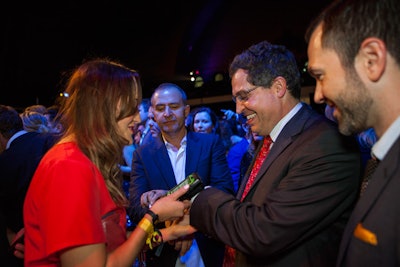
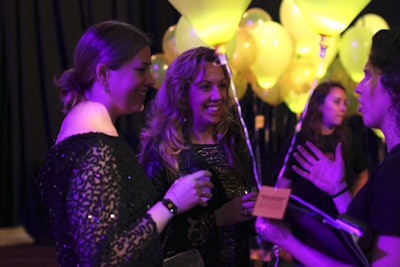
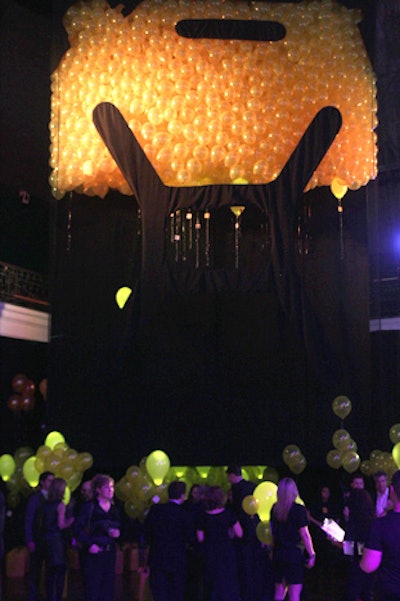
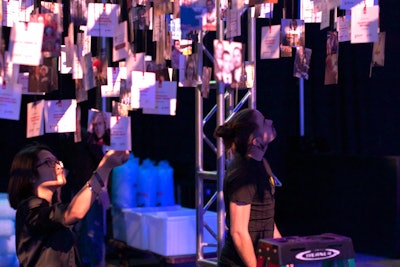
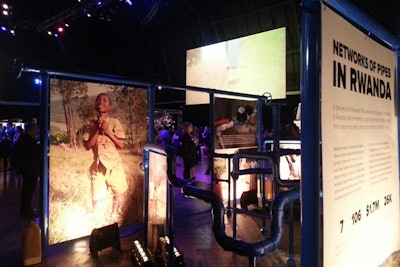
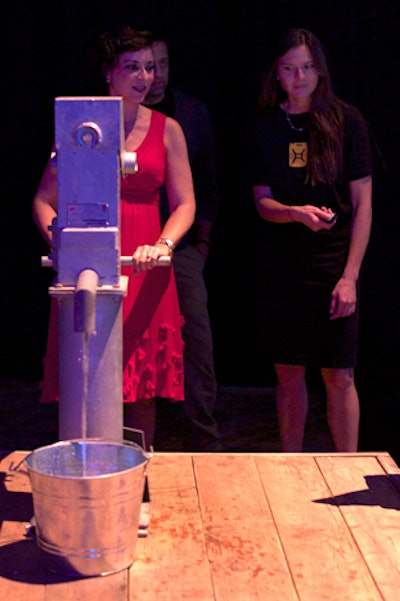
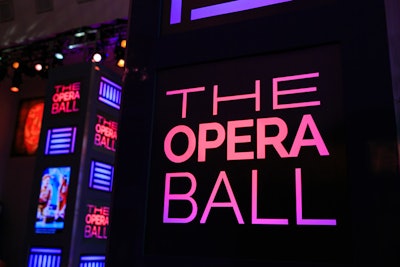
This year’s Opera Ball, a benefit for the Washington National Opera, took place at the Residence of the German Ambassador in June. For the first time, planners incorporated video content into the decor. There were two 18-foot towers with an illuminated event logo and screens that rotated images of past Washington National Opera performances in German as well as images of German architecture and art to honor the culture of the host venue. The event's logo for this year also was incorporated into the towers.
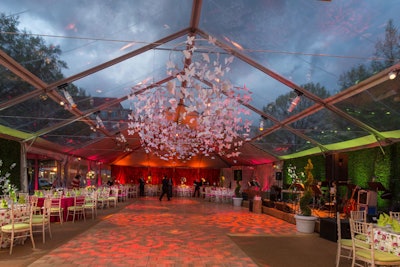
The Women’s Committee for the Corcoran Gallery of Art hosted its 60th annual Corcoran Ball on April 17 at George Washington University Museum and the Textile Museum in Washington. Design Foundry suspended strings of pink butterflies above the dance floor as part of the metamorphosis theme.

On June 4, the SickKids Foundation hosted its 14th annual “Scrubs in the City” benefit at Evergreen Brick Works in Toronto. At the end of the night, a food trunk gave guests a taste of next year's theme: "London Is Calling." The truck had the date of next year's event written on its side.
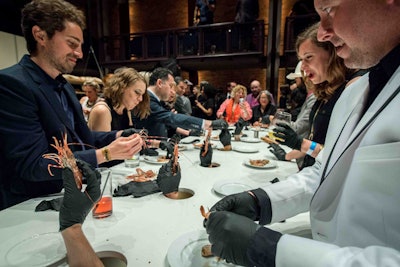
The Power Plant Contemporary Art Gallery held its annual Power Ball in Toronto on June 4. Presented by luxury brand Max Mara, the evening drew 1,500 guests and had the theme “Appetite for Excess.” Instead of a traditional plated dinner, V.I.P. guests got an entirely different experience: an interactive experience from food artist Jennifer Rubell. Hands appeared through holes in the table, serving guests one morsel at a time.
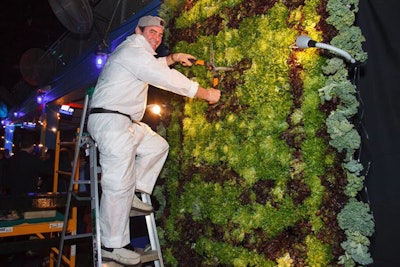
The 2015 Wall Ball gave its 700-some guests an opportunity to make their own salad by ordering from a salad mural. Held on May 21 at the Electric Factory in Philadelphia and produced by Bread & Butter Productions, the annual fund-raiser supports the City of Mural Arts Program, which advocates community-focused public art that includes mural-making projects and educational programs. Complementing the event's artistic roots and inspired by the idea of a mural depicting community gardens, Catering by Design created a mural wall of salad greens.
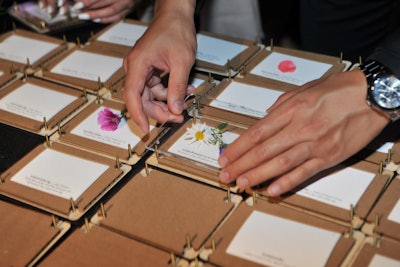
In Toronto, the Luminato Festival kicked off with an opening-night party at Hearn Generating Station on June 18. The event's theme was "Nature Versus Industry." To play off the former concept, guests participated in a D.I.Y. flower-press activity that let them take home framed flowers. Hot Pop Factory sponsored the crafty station.
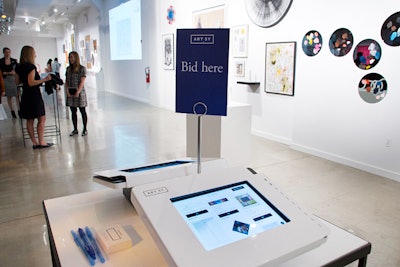
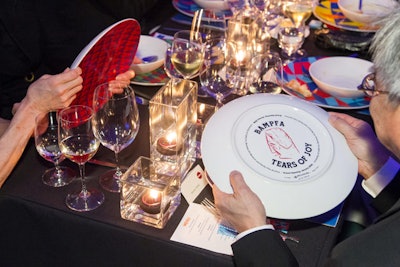
The art institutions celebrated the opening of a new building designed by Diller Scofidio & Renfro in San Francisco. The January 31 event's bright, modern aesthetic was inspired by painter and graffiti artist Barry McGee. The artist created the designs featured on the invitations and on the custom tableware. White Rain Productions planned the event.
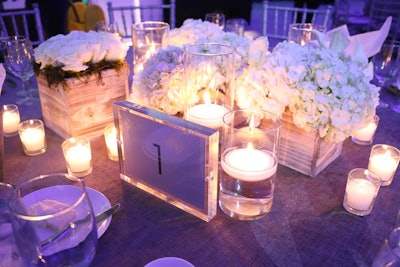
This year's January 9 gala in Miami had less of a backyard-barbecue feel than previous iterations, with a look modeled on a French garden. Greenery, high hedges, silver tones, and amber lighting all added to the sophisticated, outdoorsy vibe. The event took place at the YoungArts Campus and Wow Factor handled decor. Starr Events also worked on the benefit.



















